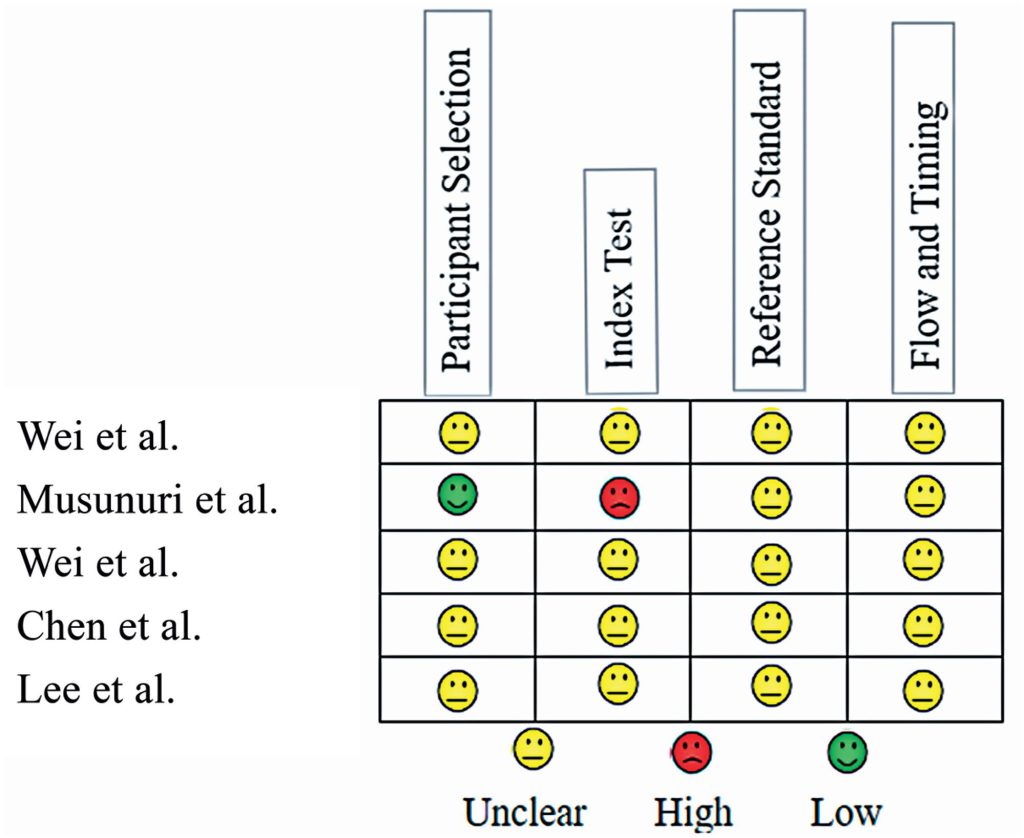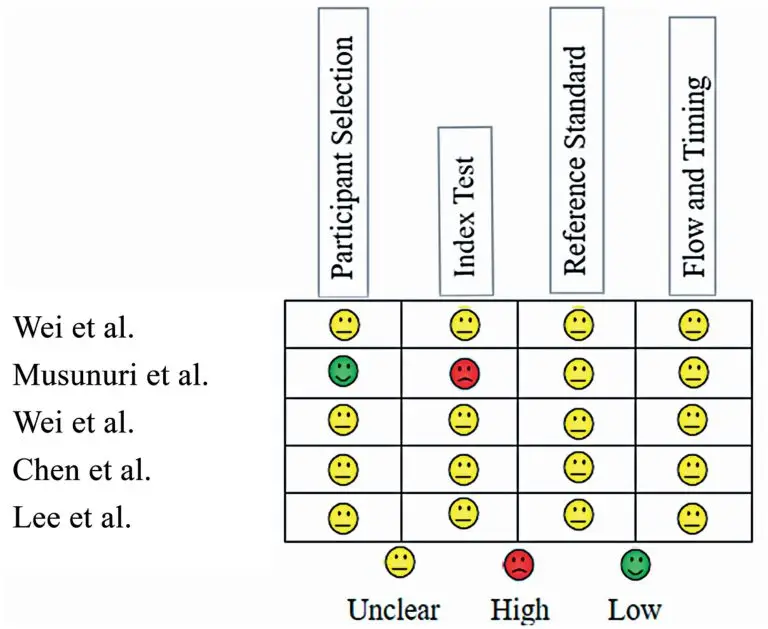einstein (São Paulo). 13/Oct/2025;23:eRW1555.
Neutrophil-to-lymphocyte ratio as a predictor of mortality in patients with acute kidney injury: a systematic review and meta-analysis
DOI: 10.31744/einstein_journal/2025RW1555
ABSTRACT
Introduction:
Acute kidney injury is a common and serious condition in critically ill patients. Current biomarkers, such as serum creatinine, are limited in early detection and prognostic assessment. The neutrophil-to-lymphocyte ratio has emerged as a promising inflammatory biomarker, reflecting systemic inflammation and potentially serving as a tool for risk stratification in high-risk groups.
Objective:
To evaluate the prognostic value of the neutrophil-to-lymphocyte ratio in predicting mortality in patients with acute kidney injury through a systematic review and meta-analysis.
Methods:
A comprehensive search was conducted in PubMed, Embase, Cochrane, and LILACS databases for full-text articles published from the inception of each database until June 2024, using terms related to neutrophil-to-lymphocyte ratio and acute kidney injury. Studies were included if they evaluated the relationship between neutrophil-to-lymphocyte ratio and mortality in acute kidney injury patients. Data were pooled for meta-analysis using a random-effects model, with sensitivity, specificity, and area under the curve (AUC) calculated.
Results:
Of the 806 studies identified, five met the inclusion criteria, encompassing a total of 2,424 patients. The pooled sensitivity and specificity of the neutrophil-to-lymphocyte ratio for predicting mortality were 0.58 (95%CI=0.51–0.65) and 0.65 (95%CI=0.59–0.71), respectively. The AUC was 0.65, suggesting moderate predictive power. Significant heterogeneity was observed across studies owing to differences in neutrophil-to-lymphocyte ratio cutoff points, patient populations, and outcomes analyzed.
Conclusion:
An elevated neutrophil-to-lymphocyte ratio is associated with a worse prognosis in patients with acute kidney injury, highlighting its potential as a readily available biomarker for risk stratification.
84



